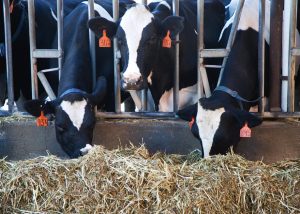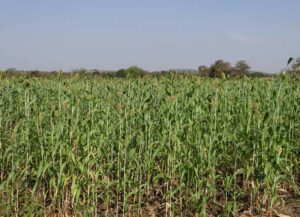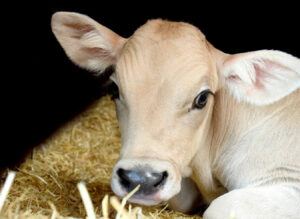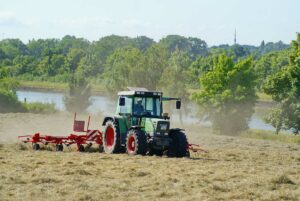Nuria Garcia
Spontaneous lipolysis is a biochemical process consisting of the hydrolysis of triglycerides by lipoprotein lipase, a process that causes a buildup of glycerides and free fatty acids that damage the physical and sensory properties of milk and dairy products.
Spontaneous lipolysis depends on genetic, physiological and environmental factors. It appears that nutritional factors, particularly the type of forage and the amount of feed, modulate spontaneous lipolysis. Feed restriction (10 to 20% of dry matter intake, DM) is widely associated with higher levels of spontaneous lipolysis.
A study carried out at the National Institute of Agronomic Research in France (Vanbergue et al., 2018) assessed the effect of the amount of feed and type of forage on the mechanisms of spontaneous lipolysis.
A total of 32 cows were divided into four groups and tracked for 12.5 weeks: 4 pre-experimental weeks, then a 14-day transition period, a first 3-week experiment, then a 4-day transition period, and finally a second 3-week experiment.
During the first experiment the cows received corn silage ad libitum (unrestricted), or 75% of DM intake (restricted) or grass silage ad libitum, or 75% of DM intake. During the second experiment each group of cows received the same type of feed (i.e. corn silage or grass silage) but with the amounts inverted (the group that received 75% went on to receive 100% and vice versa).
Milk samples were taken at the end of each period to determine its characteristics, milk fat globule size, protein and fatty acid profiles, lipoprotein lipase activity and spontaneous lipolysis.
Effect of feed restriction on fat and protein production
In cows with feed restriction, milk production was lower (-4.4 kg/d), had the lowest protein content and production (-0.13% and -171 g/d, respectively), and milk fat production as well, and this effect on fat production was more marked in cows fed 75% grass silage than those receiving 75% corn silage. The amount of feed did not affect milk fat content.
When cows were fed corn silage milk production was higher (+2.3 kg/d), with lower fat content (-0.38%) and the production of more protein (+60 g/d) compared to those fed with grass silage. Forage type did not affect fat production or protein content.
In general, feed restriction was associated with lower milk production, as well as low concentration and yield of milk protein. Plasma levels of non-esterified fatty acids and total glycerol were higher with feed restriction due to lipid mobilization.
Spontaneous lipolysis was higher with corn silage
Corn silage was associated with increased milk production. Concentration (3.53 vs 3.91%) and fat yield were lower with corn silage than with grass silage, as well as protein concentration and yield. In addition, corn silage was associated with higher plasma glucose concentrations and lower acetate and β-hydroxybutyrate, which could be explained by the nutritional composition of the diets.
The percentage of de novo and C18:3 fatty acids (n-3) was lower, and the percentage of monounsaturated fatty acids and C18:2 (n-6) was higher in corn silage-fed cows.
Spontaneous lipolysis was higher when cows were given corn silage. Lipoprotein lipase activity did not vary depending on the type of forage and tended to be higher in cows on feed restriction. No significant inter- or intra-treatment correlations were found between lipoprotein lipase activity and spontaneous lipolysis.
The size of the milk fat globule was not affected by the amount of feed, but it showed variations depending on the type of forage; the protein profile also varied depending on the type of forage.
Conclusion
In short, feed restriction had no effect on milk fat content, fat globule size, lipoprotein lipase activity or protein profile. However, it was associated with low milk production and low protein and fat production, and protein content. It was also associated with increased spontaneous lipolysis, probably due to increased lipid mobilization in body tissues.
Reference
Elise Vanbergue, Jean Louis Peyraud, Anne Ferlay, Guy Miranda, Patrice Martin, Catherine Hurtaud. Effects of feeding level, type of forage and milking time on milk lipolytic system in dairy cows. 2018. Livestock Science 217 (2018) 116–126.
© 2020 Dairy Knowledge Center. All Rights Reserved.









